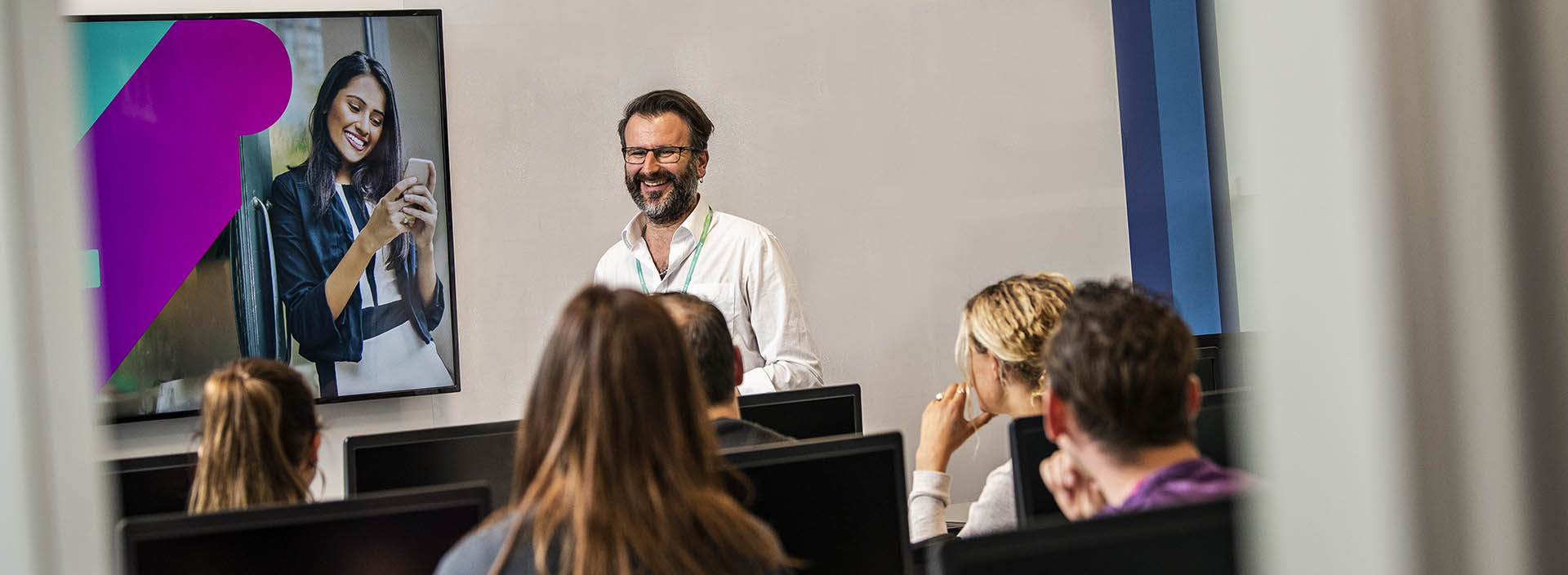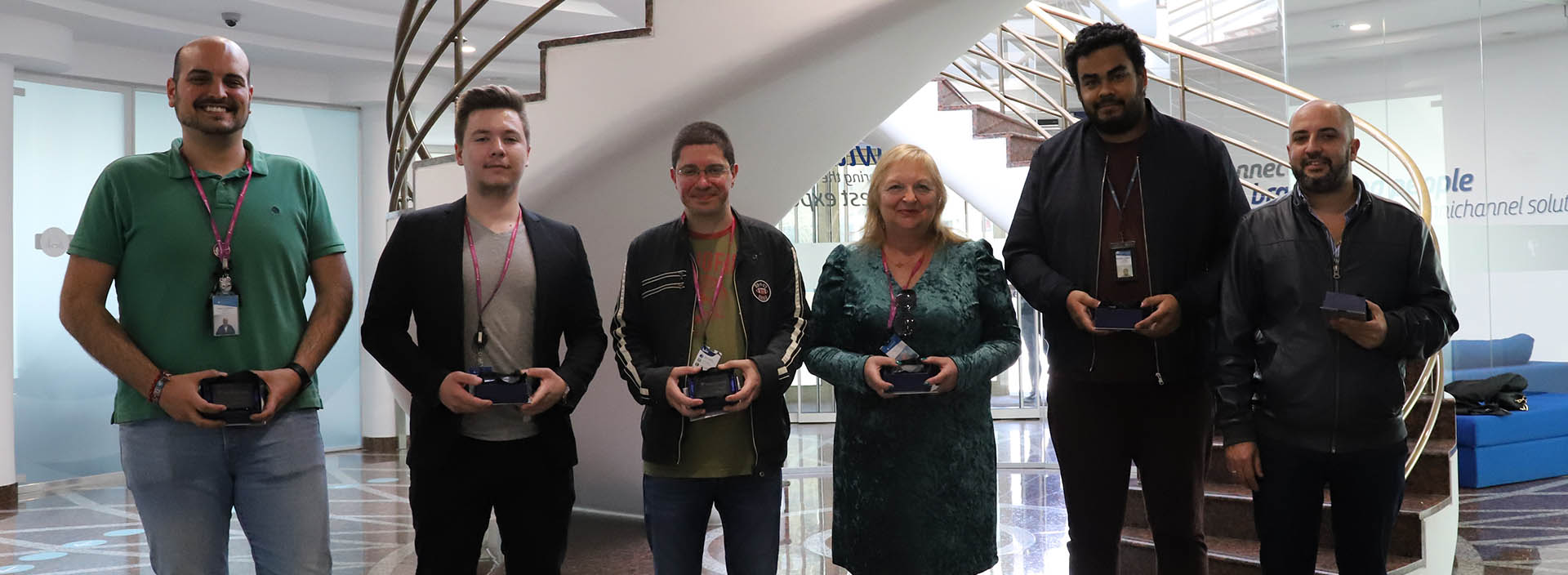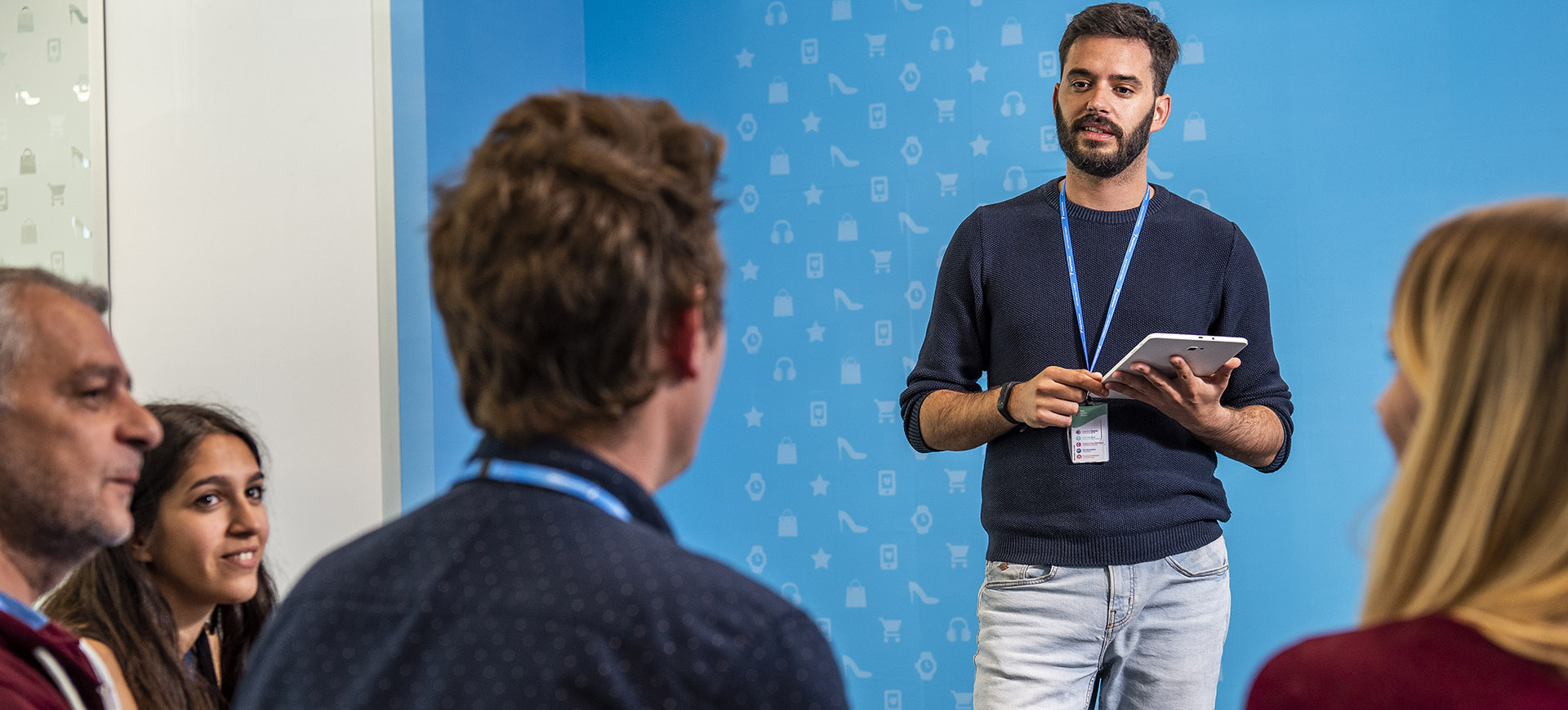Generations in the workplace is a topic that can be a challenge for companies, but at the same time, has great potential for achieving success. Know how to make the best use of the generational diversity of your employees!
Businesses are seeing a considerable increase of generations in the workplace. It is a trend that is shaping recruitment and the way we manage teams.
Generation Z is entering the workforce, and more than 20% of Baby Boomers work beyond retirement age (a limit that has also risen).
Combining these with Generation X and Millennials, many companies now employ people from four generations.
But how do we overcome the challenge of understanding the differences and characteristics of this human capital while managing the friction between four generations in the workplace with different sets of values, work habits, contradictory needs, expectations of themselves, their colleagues and the company where do they work?
But first, let’s rewind, what are these four generations?

Baby Boomers (born between 1946 – 1964)
They grew up in an era of economic prosperity, were the first to give higher priority to work instead of private life. They often prefer the human touch to technology. They are optimistic, competitive and sometimes workaholics.
Generation X (1965 – 1980)
This generation does not live to work as their predecessors, and they give a lot of emphasis to work-life balance. However, they are independent, flexible, adaptable and work well when challenged,
Millennials (1981 – 1995)
Depends a lot on technology. They are the generation of employees with more educational qualifications of our time. They are remarkably adaptable, flexible, ambitious and have a strong entrepreneurial spirit.
Generation Z (1996 – 2010)
Also known as the post-millennium generation, it is a new workforce, which is even more experienced in technology and multicultural than the generation of the millennium. Their work habits have not yet been established over the years, but we can say that they are eager to make money and change the world.
Nevertheless, talent and work capacity are ageless, so it is up to companies to help teams of different ages to discover the potential of each employee, creating a set of good practices: flexible communication, tolerance for different work styles, respect from different perspectives, encouraging collaboration and exchange of knowledge between generations.

Motivation!
According to a Harvard Business Review survey, employees of all ages aspire to meaningful work, differing for each generation only its’ meaning.
Older generations, for example, value the achievement of career goals, while the millennial generation values workplaces with a greater sense of community.
However, everyone needs that motivation to go to work in the morning.
Knowledge sharing!
One of the greatest advantages of having several generations in the workplace is the combination of different knowledge, mentalities and experiences. Stimulating the sharing of these different skills is the key to success.
How? Encouraging Generation Z to help Baby Boomers with the digital world for example. Generation X can guide its younger colleagues through personal communication. One of the most used methods is “Reverse Mentoring”, a practice in which a younger member of the team starts a “professional friendship” with a senior employee to exchange skills and experiences.
Stereotypes!
Caused by the lack of understanding of other generations, they often lead to a lack of respect as well as unpleasant and unproductive work environments.
Although it is essential to know the general characteristics of each generation, employees must be approached as individuals, and not be reduced to persons with the basic characteristics of their generation, because some of them may have different needs and skills than other members of their group.
Inclusion
Regardless of mutual differences, all employees can come together under one common denominator and that is the company’s success. The goal is to create a corporate culture that actively demonstrates respect and inclusion for their multigenerational workforce and only when they work together can that goal be achieved. For example, at Teleperformance, we involve our employees in teambuilding or around causes such as ecological awareness, social volunteering, sports activities, etc.
At Teleperformance Portugal, we embrace diversity and strive to create a flexible work environment that values all of our 11,000 employees, from the youngest employee aged 18 to the oldest with 73 years old, that keeps them productive and where evaluation is based on professional merit, regardless the generation to which they belong.
Do you want to be part of our team? You can do it through a simple click on jobs.teleperformance.pt


